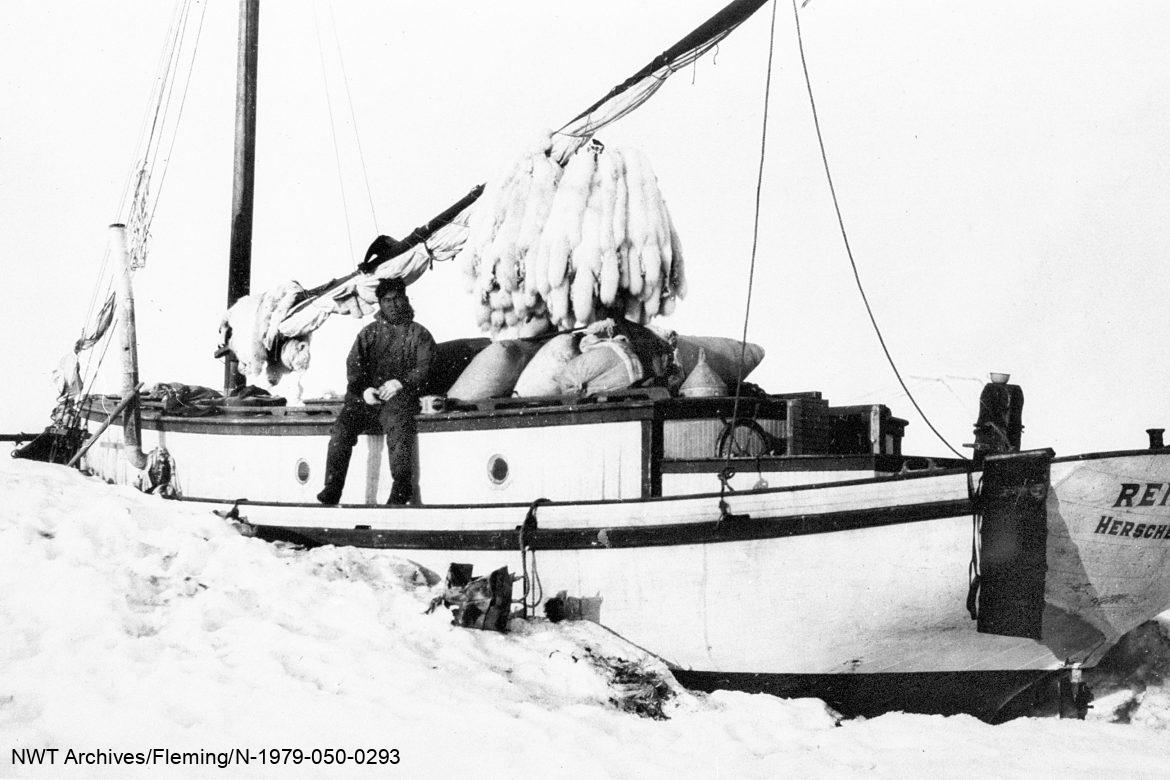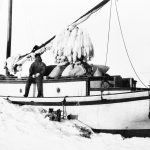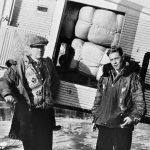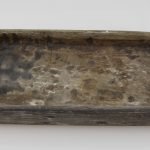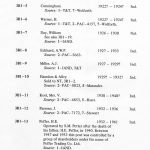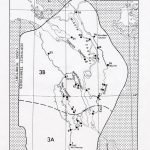1924
Inuvialuit Schooners Move Fur
The Inuvialuit of the Western Arctic had faced hard times after the collapse of the Beaufort Sea whaling industry in the early 1900s. After ten years of poverty, a new way to make money emerged that proved even more profitable than whaling, trading white fox pelts. The 1920s were the ‘golden age’ for trapping in the Inuvialuit region.
Recognizing the value of the white fox trade, the Hudson’s Bay Company opened its first new post in 72 years at Aklavik in 1912 to compete with private traders. The post centred the trade in Aklavik and a second trading hub on Herschel Island.
By the 1920s, the price paid for white fox had increased 20-fold in less than a decade, and many trappers saw tremendous profits. Many Inuvialuit trappers realized they would benefit from owning a schooner to control their Arctic Coast trade. Schooners had sails, motors and onboard cabins to protect the boaters from the weather. These boats allowed the Inuvialuit to travel for much longer and trap in places with larger quantities of white fox. Although they were in new territory, the Inuvialuit boaters could navigate by landmarks and stars. By 1924, at least 39 of these expensive boats were based at Aklavik. The Inuvialuit quickly expanded the trapping and trading of white foxes beyond the Mackenzie Delta region.
In 1928, several families moved to Banks Island and recorded huge harvests of white foxes. The island was designated a game preserve for the Inuvialuit in 1920 and continued to be a productive trapping area. Eventually, less demand and lower prices led to the white fox fur trade decline. Nuligak noted, “During the whole spring season of 1931, I made only $600 on furs. The year 1932 was worse still. I made only $70. White fox had practically no value.” Nuligak, also known as Bob Cockney, learned to read and write from the missionaries in the Beaufort Delta. He published his memories in 1966 and used diaries he had written over the years to create, in Inuvialuktun, the book I, Nuligak.
Like whaling before it, the reliance on a single resource was risky, as supply and demand were influenced by global trade and outside the control of the Dene, Métis, and Inuvialuit hunters.
